
Launching a new product through crowdfunding can be an exciting way to raise capital and build a community around your idea. Two of the biggest platforms for product-based crowdfunding are Kickstarter and Indiegogo. Each has its own strengths, quirks, and fan base. In this article, we’ll compare Kickstarter, and a Kickstarter Alternative called Indiegogo, side by side for creators in tech gadgets, wellness products, and board games/TTRPGs. We’ll look at fees, funding models, audience reach, platform features, success stories, and how each platform aligns with different product types. You’ll also discover why planning fulfillment (like using a 3PL such as eFulfillment Service) is crucial to a smooth campaign.
Jump right in: Indiegogo Vs. Kickstarter
- Indiegogo vs. Kickstarter at a Glance
- Audience & Community Reach
- Funding Models and Flexibility
- Fees and Costs
- Platform Support and Resources
- Which Platform for Which Product? (Tech, Wellness, Games)
- Fulfillment & Backer Rewards: Don’t Overlook Logistics
- How eFulfillment Service Supports Crowdfunding Campaigns
- Summary
Indiegogo vs. Kickstarter at a Glance
To kick things off, here’s a quick comparison table of key differences between Indiegogo and Kickstarter:
| Feature | Kickstarter | Indiegogo |
|---|---|---|
| Funding Model | All-or-nothing (must reach funding goal to keep funds). Backers are only charged if the goal is met. | Flexible funding option (creator can keep funds even if goal isn’t met) or Fixed (all-or-nothing). Backers are charged immediately (non-refundable unless campaign fails in fixed model). |
| Fees | 5% platform fee on funds raised if successful (no fee if goal not met) + ~3% payment processing. | 5% platform fee on funds raised (for both fixed or flexible campaigns) + ~3% payment processing. (If using flexible funding and not reaching goal, you still pay fees on whatever amount raised.) |
| Campaign Duration | 1–60 days (30 days recommended; extensions not allowed on platform). | 1–60 days standard. Can extend funding via InDemand after the initial campaign (continue raising money post-campaign). |
| Audience & Reach | ~21.7 million total backers (all-time) and a large active community of early adopters. Projects live at any time: ~3,000+. Strong media buzz and organic traffic for creative projects. | ~9 million registered backers community. Projects live at any time: ~1,200 (plus ~1,800 InDemand ongoing). Slightly smaller organic reach; often requires more external marketing to drive traffic. |
| Success Rate | ~39% of campaigns reach their goal (the rest fail to fund). Higher chance of success, but still competitive. | Estimated ~9%–18% of campaigns reach their goal. Many campaigns only raise part of their goal (hence flexible funding helps creators keep funds) but overall lower “full success” odds. |
| Top Product Categories | Games (especially board games and tabletop RPGs) are huge – nearly half of all money raised on Kickstarter comes from its tabletop games category. Also strong in design, technology, art, gadgets. | Strong in tech and innovation (especially electric bikes, electronics, and gadgets). Indiegogo backers often seek cutting-edge functional tech products. Less traction in board games. |
| Project Rules | Stricter guidelines – projects must create something new (no personal causes), and certain product types (e.g. weapons, health supplements) are prohibited. All campaigns undergo review before launch. | More flexible categories – initially open to any idea, now focused on products/innovation but generally broader (28 categories vs. Kickstarter’s 15). Less strict review process, so a wider variety of projects (including some personal or cause campaigns historically). |
| Platform Features | Community & curation: “Projects We Love” badges for curation. Backer engagement via updates and comments. Tools: Kickstarter Live for streaming events, built-in analytics, survey tool for reward fulfillment. | Flexibility & extras: Offers HTML editing on campaign page for rich content. Has Secret Perks (hidden reward tiers for special audiences) and referral tracking for incentivizing sharing. InDemand for post-campaign pre-orders. Partner programs (e.g. with Arrow Electronics for tech projects) to support creators. |
| Geographic Availability | Creators must reside in one of ~25 supported countries (North America, much of Europe, Australia, etc.) to launch a project. Backers can be worldwide. | Creators from over 230 countries can launch campaigns (Indiegogo is more internationally accessible). Backers also worldwide. |
| Payout Timing | Funds released ~14 days after campaign success. (Backers are charged at campaign end if successful.) | Funds available on a rolling basis or after campaign (if fixed funding) – typically initial disbursement ~15 days after campaign, with ongoing InDemand disbursements every 4-8 weeks. Backers charged immediately on pledge. |
| Notable Examples | Brandon Sanderson’s Secret Novels – $41.7M in 2022 (most-funded Kickstarter ever) Pebble Time smartwatch – $20.3M Frosthaven board game – $12.9M, 83k backers (record board game). | BLUETTI AC500 Solar Generator – $12+M in 2022 (clean tech) MATE eBike – over $12M across campaigns Flow Hive beehive – $13.2M in 2015 (eco gadget) Lazer Team film – $2.48M (Indiegogo’s top crowdfunded film). |
Quick Stat: Only around 37–40% of Kickstarter campaigns succeed in reaching their funding goal, compared to roughly 9–18% on Indiegogo. This stark difference means platform choice isn’t trivial – you’ll want to launch on the platform that best fits your product and audience to improve your odds of success.
Audience & Community Reach
Both Kickstarter and Indiegogo have millions of users, but Kickstarter is the larger household name in crowdfunding. Kickstarter has reported over $7.1 billion pledged across more than 234,000 successful projects with 21+ million backers in total. It’s often synonymous with crowdfunding – many backers browse Kickstarter regularly for the next big thing. Media outlets also frequently cover interesting Kickstarter projects, giving creators a chance at viral exposure. For example, a quirky or innovative idea on Kickstarter might get picked up by blogs or press, boosting its visibility.
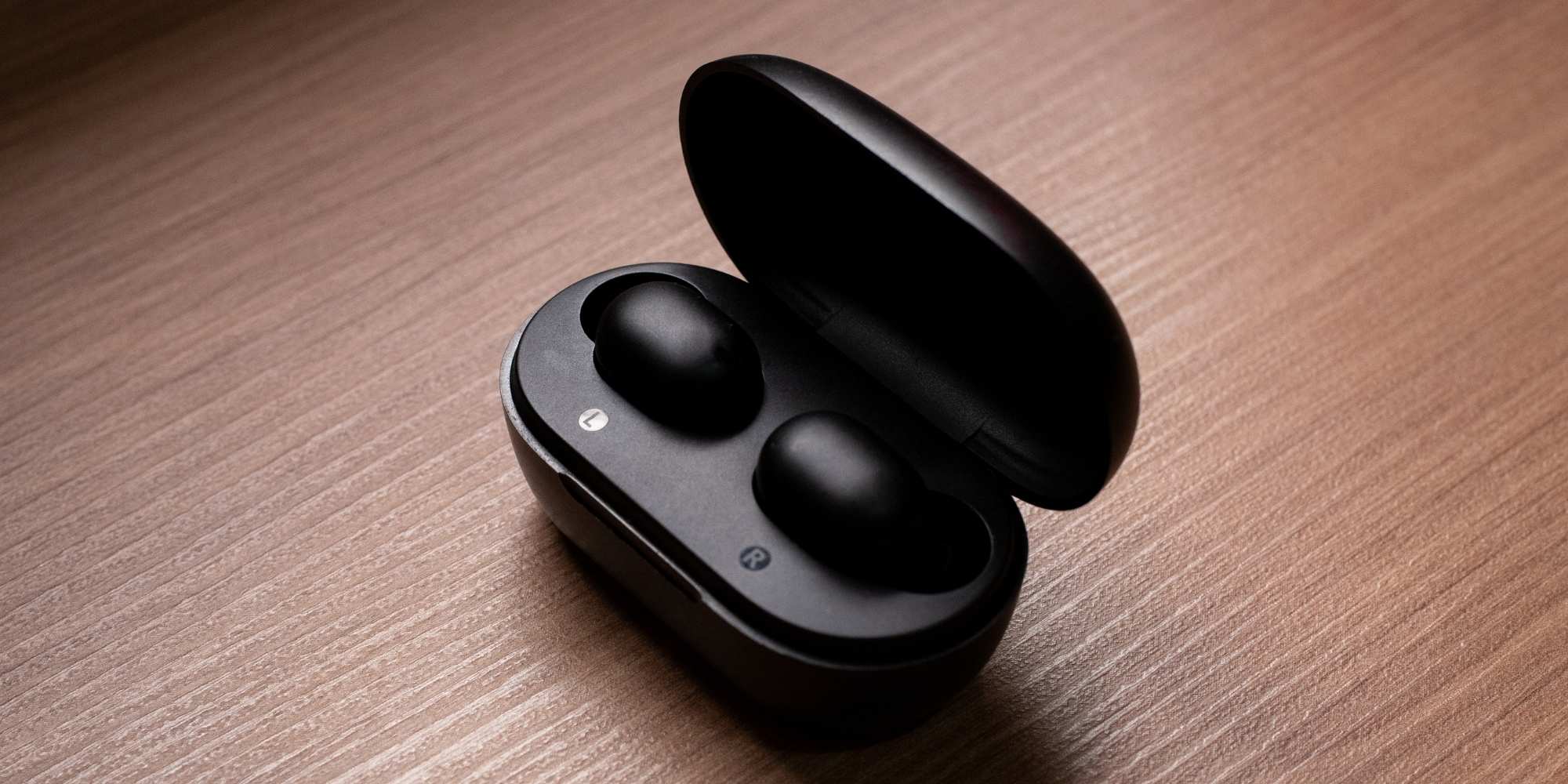
Indiegogo, while slightly smaller in buzz, is still a heavyweight and boasts a community of 9 million users and has hosted over 800,000 projects (campaigns on Indiegogo are generally more numerous but often smaller in scale). Indiegogo tends to attract an audience that’s very enthusiastic about tech gadgets and practical innovations. Many Indiegogo backers are drawn via external marketing, so creators often bring their own crowd through ads, email lists, or influencers more than relying on Indiegogo’s internal traffic. The platform does highlight top campaigns and has collections (e.g. trending tech, health & fitness, etc.), but it doesn’t quite have the same level of built-in “culture” of browsing that Kickstarter’s community does.
One key difference is geography. Kickstarter started with a limited country list for project creators and still only allows creators from certain countries (primarily North America, Europe, Australia, and a few others). Indiegogo, by contrast, opened up globally early on. If you’re a creator outside of Kickstarter’s supported regions, Indiegogo might be your only choice of the two. On the backer side, both platforms welcome worldwide backers, though shipping logistics for rewards will be on you (we’ll touch on fulfillment later).
Rewards Management doesn’t have to be a hassle.
Partnering with a kickstarter fulfillment service like eFulfillment Service means you can focus on growing your business while we handle the details. Request a Free Quote Today!
Community Differences by Category
The makeup of backers on each platform differs a bit in their interests. Kickstarter has a huge community for creative projects – everything from art and music to cutting-edge design and games. In particular, Kickstarter is the place for tabletop game enthusiasts. In fact, the tabletop board games category accounts for almost half of all funds raised on Kickstarter (yes, half!). This means if you’re launching a board game or TTRPG, the built-in audience on Kickstarter is massive. There are thousands of board game fans who scout Kickstarter for new games to back, making it much easier to gain traction in that niche on Kickstarter than elsewhere.
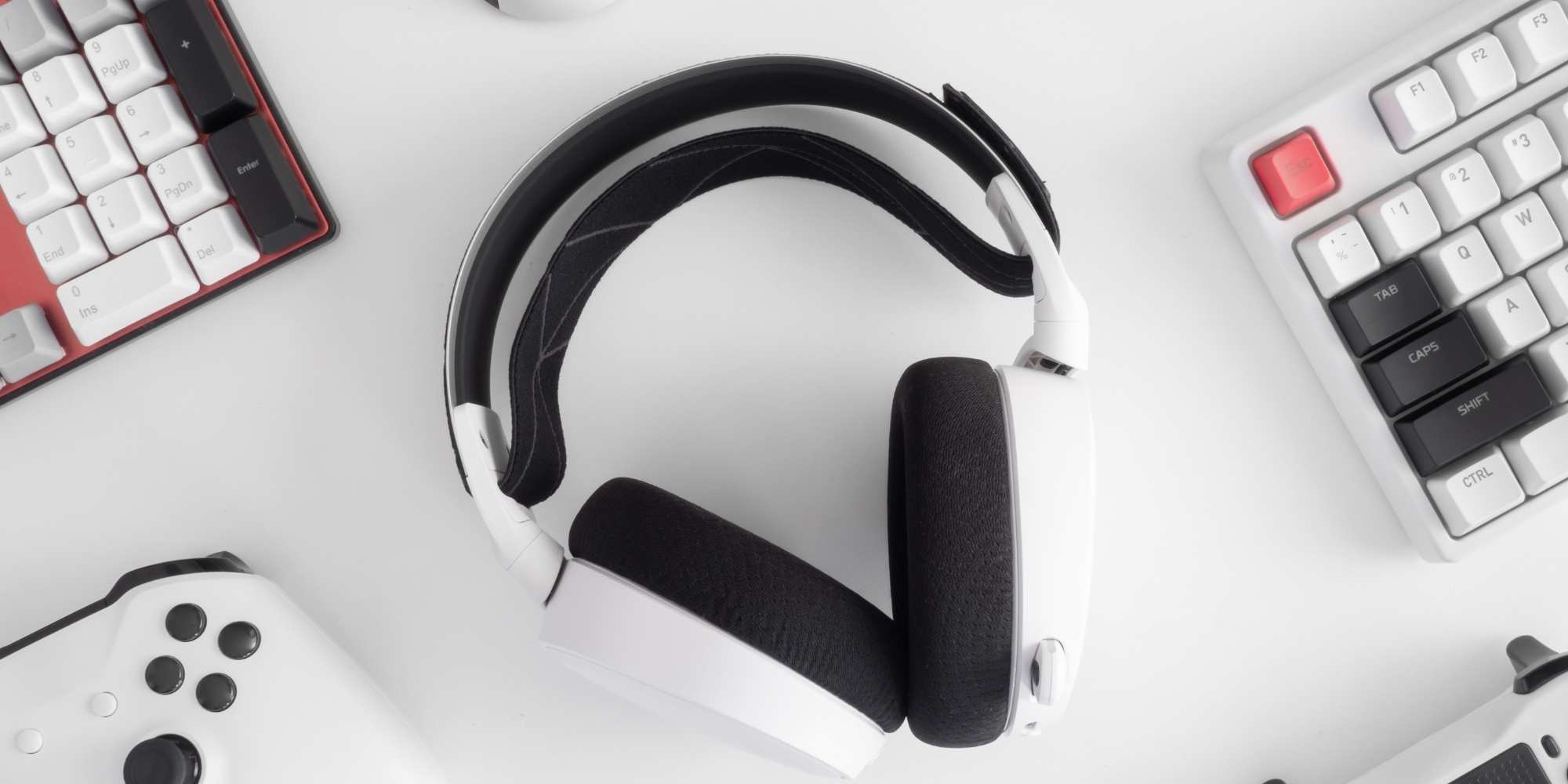
Indiegogo’s audience, on the other hand, skews toward the tech and gadget side. A lot of Indiegogo backers are interested in hardware innovations, electronics, and things that promise practical functionality. For example, Indiegogo became known for electric bike campaigns – it has had more success with e-bikes than Kickstarter, both in number of campaigns and total funds raised in that category. Backers on Indiegogo often look for high-tech solutions, whether it’s a new smart home device, a cool gadget, or innovative personal tech. They also tend to be a bit price-sensitive and love good deals on early tech. In contrast, Kickstarter backers might be willing to pay a bit more for something that has a unique design or creative flair.
Insight:
Tabletop games thrive on Kickstarter – the platform’s board game community is so strong that it drives a huge portion of Kickstarter’s funding.
Indiegogo shines in tech – for example, electric vehicle gadgets (like e-bikes) and high-tech devices often perform better on Indiegogo. Consider where your potential backers are more likely to be browsing!
Success Stories & Examples
Both platforms have noteworthy successes. On Kickstarter, many campaigns have become famous: the Pebble smartwatch raised over $20 million and essentially launched a company. More recently, author Brandon Sanderson’s surprise publishing campaign in 2022 set a record with $41.7 million pledged from over 185,000 backers, showcasing Kickstarter’s ability to rally a huge community. In the board game world, Frosthaven (a Gloomhaven sequel) became the highest-funded game with $12.9M raised from 83,000 backers – an example of how powerful the Kickstarter games community is. Kickstarter has also seen quirky hits like the Coolest Cooler (a cooler with built-in blender and speakers) that raised $13M, and innovative tech like the Oculus Rift (VR headset) in its early days, which put VR on the map.

On Indiegogo, success stories tend to cluster in the tech categories. The MATE electric bike series, for instance, raised over $24 million across its campaigns, breaking Indiegogo records. In 2022, Indiegogo’s top campaign was the BLUETTI AC500 solar power station, which pulled in about $12-14 million from eager backers looking for clean energy solutions. Indiegogo also made headlines with the Flow Hive (an innovative beehive system) which raised $13.2M, and gadgets like the LARQ self-cleaning water bottle and BionicGym wearable workout device (each of which raised seven figures). Even film projects have seen success: Rooster Teeth’s Lazer Team movie earned $2.48M, becoming the most funded film on Indiegogo. These examples show that while Indiegogo’s individual campaigns might not reach the same astronomical totals as Kickstarter’s biggest, the platform is very capable of multi-million dollar hits in the right categories.
Lower Your Reward Shipping Costs with a 3PL.
Partner with eFulfillment Service to move inventory faster and free up cash flow. We help Crowdfunders optimize operations so products don’t sit on shelves. Request a Free Quote today!
Funding Models and Flexibility
One of the first major differences to understand is how funding is collected:
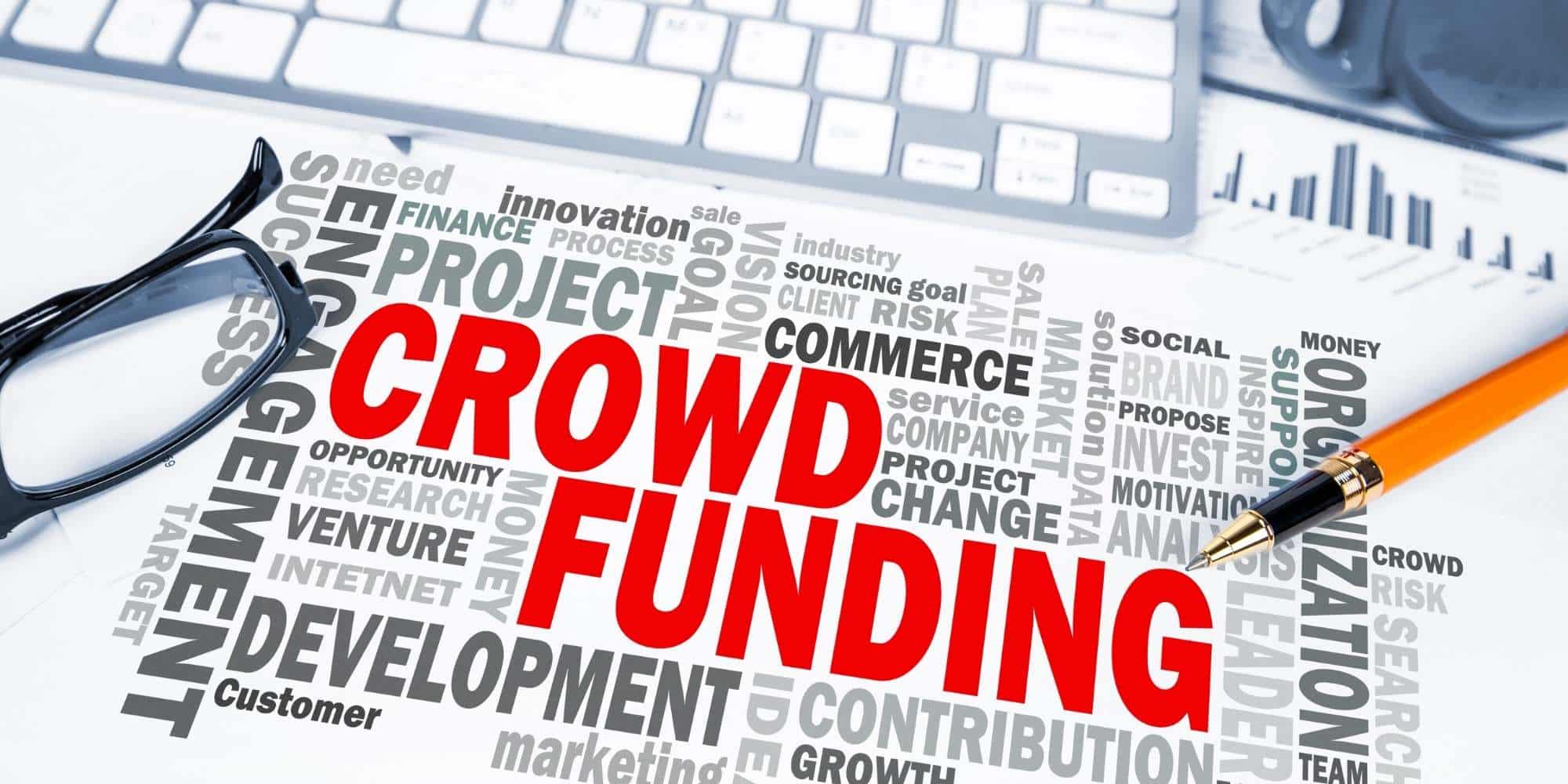
Kickstarter uses an All-or-Nothing model.
You set a funding goal and a deadline (up to 60 days). Backers “pledge” support, but no one is charged until the campaign ends, and only if your goal is met or exceeded. If you fall even a dollar short, you get nothing (and backers aren’t charged). This model can be scary, but it motivates backers to help push the project to the finish line, and it protects everyone from under-funded projects (as a creator, you wouldn’t want to promise rewards without enough funds to produce them). Kickstarter’s data shows about 39% of campaigns reach their goal successfully. If you succeed, you get the funds (minus fees) and are expected to deliver the promised rewards.
Indiegogo offers both All-or-Nothing (Fixed) and Flexible funding.
When you set up an Indiegogo campaign, you can choose a Fixed goal (works like Kickstarter: must hit goal or funds are refunded) or Flexible goal (you keep whatever money you raise, even if short of the goal). In practice, many product creators on Indiegogo opt for flexible funding unless they absolutely require a minimum amount to move forward. Backers on Indiegogo are charged as soon as they pledge, not at the end. This means if you’re running a flexible campaign, those funds start coming in right away (though you typically receive the money after a processing period). If it’s a fixed campaign and the goal isn’t met, Indiegogo refunds the backers. One quirk: Indiegogo backers cannot cancel or change their pledge as freely as Kickstarter backers can (since the charge is immediate and pledges are essentially non-refundable). As a creator, this gives more certainty about the funds you have in hand, whereas on Kickstarter there’s often a 3-5% drop-off due to failed charges or backer cancellations at the end.

Tip: If you plan to keep accepting pre-orders after your campaign, Indiegogo’s InDemand can be a game-changer. It allows you to maintain your campaign page and continue raising funds or taking orders after the initial deadline, which is something Kickstarter doesn’t support on its site. Many Kickstarter creators actually transition to Indiegogo InDemand once their Kickstarter ends, to capture additional backers who missed the campaign.
Flexibility is a double-edged sword. For creators, Indiegogo’s flexible model can be useful if any amount of funding helps. For example, if you’ll proceed with manufacturing even with half the goal, you might prefer Indiegogo so you don’t lose the money raised. However, if your project truly needs a minimum capital (e.g. to meet factory MOQs or tooling costs), a fixed goal (on either platform) might be safer. For backers, Kickstarter’s all-or-nothing can instill confidence – it signals that the creator only takes funds if the project has enough support to likely deliver. Some backers are wary of flexible campaigns on Indiegogo, since a project that only raises, say, 20% of its goal might struggle to fulfill orders but still keep the money. It’s important to communicate your plan either way to maintain trust.
Another aspect of flexibility is what happens after the campaign. Here Indiegogo has a unique advantage: InDemand. This feature lets you continue raising money even after the official campaign ends – essentially turning your campaign page into an ongoing pre-order store. Many creators use Indiegogo InDemand after a successful campaign (even some who ran the initial campaign on Kickstarter will migrate to Indiegogo InDemand). It’s a great way to capture additional late backers and keep the funding coming while you prepare production. Kickstarter, by contrast, does not allow extending the campaign past the deadline or continuing to take pledges on their platform. Once the Kickstarter campaign ends, it’s over – you’d have to direct people to another platform or a post-campaign preorder system. So if extended fundraising or offering a continuous preorder channel is part of your strategy, Indiegogo wins in that department.
Fees and Costs
When it comes to fees, Kickstarter and Indiegogo are very similar. Both platforms charge roughly a 5% platform fee on the funds you raise, plus payment processing fees (Stripe/credit card fees of about 3% + $0.30 per pledge). These fees are only applied if you actually raise money (on Kickstarter, that means hitting your goal; on Indiegogo, any funds raised regardless of goal outcome). In other words, there’s no upfront cost to launch on either platform, but if you succeed, about 8-10% of what backers pay goes to fees.
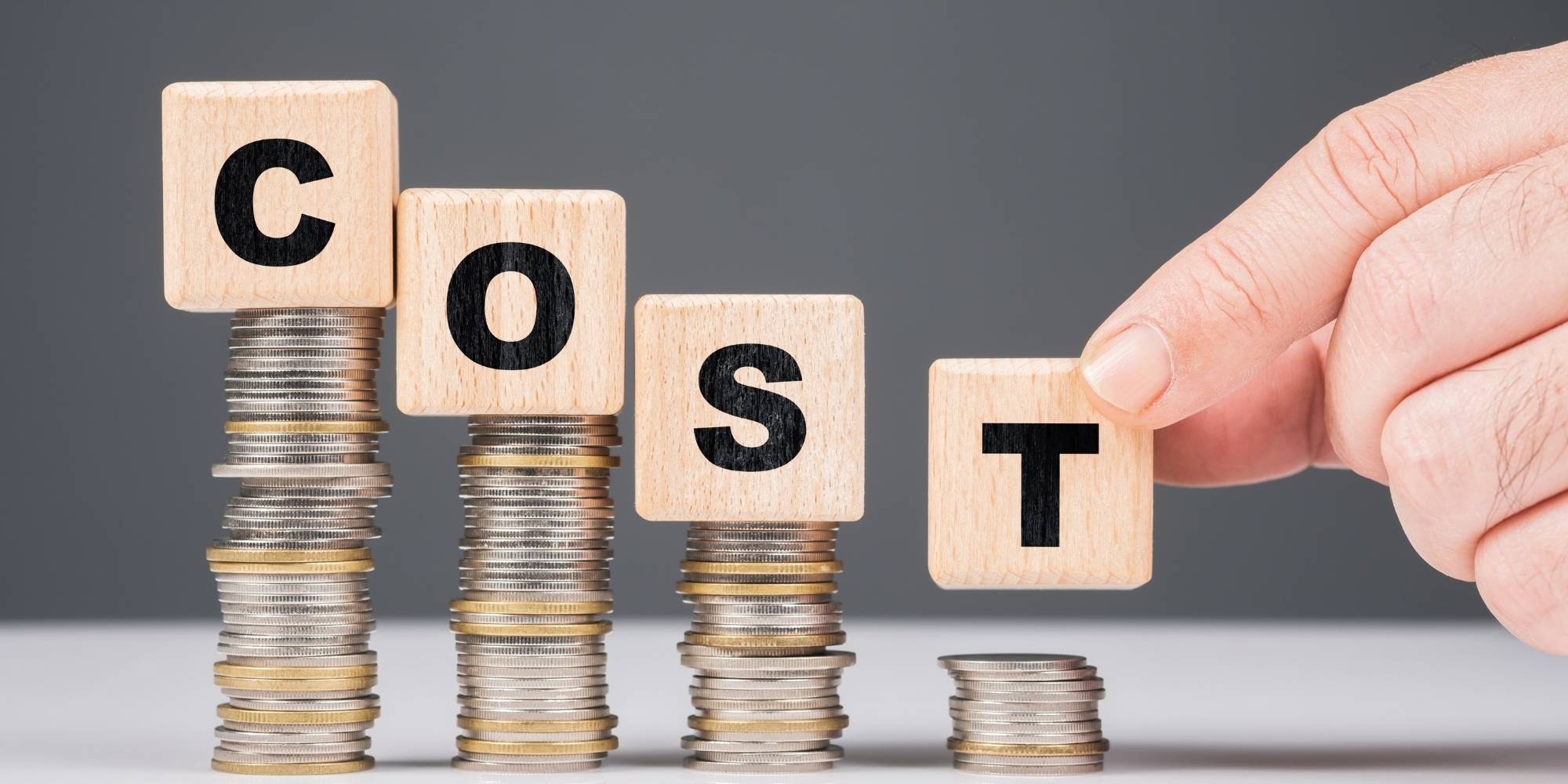
One nuance on Indiegogo: in the past Indiegogo had a rule where failing to meet a flexible goal incurred a higher fee (an extra penalty). However, as of recent years Indiegogo standardized to a flat 5% for all campaigns. (They do occasionally run promotions; for example, in early 2024 Indiegogo offered a temporary 4% fee discount for some campaigns, but normally it’s 5%.) If an Indiegogo campaign doesn’t meet a fixed goal, then no funds are collected (so no fees, just like Kickstarter in that scenario).
Both platforms’ payment processors will withhold a small percentage for credit card denials, chargebacks, etc., but that’s usually negligible. Also note that Kickstarter will collect sales tax/VAT from backers in certain regions if you enable that, whereas Indiegogo leaves tax handling up to the creator. This isn’t exactly a fee, but something to be mindful of in pricing your rewards.
In short, don’t choose a platform based on fees – they’re almost identical. Instead, focus on where you can raise more funds and get better support/audience, as a few extra percent of funding is well worth it if you raise significantly more overall.
Platform Support and Resources

The kind of support and features each platform offers to creators can impact your campaign’s experience:
Kickstarter has a hands-off approach but provides guidelines and curation. They manually review campaigns before launch (mostly to check that you follow rules and have a clear plan). If your project is especially compelling, the Kickstarter team might mark it as a “Project We Love,” which gives it a badge and sometimes extra visibility on the site. Kickstarter’s website is streamlined for backers to discover projects by category or popularity. They also offer creators a dashboard with analytics (views, pledge sources, etc.), the ability to post updates to backers, and a built-in survey tool to collect backer info for rewards after the campaign. In terms of direct support, Kickstarter doesn’t typically provide one-on-one campaign coaching – you’re expected to self-serve through their creator handbook and community forums, unless you’re in a special initiative (like their small experimental Hardware Studio program that provided mentorship for some tech campaigns). However, the community effect on Kickstarter can be a support of its own: enthusiastic backers often act as evangelists, and other creators may offer tips.
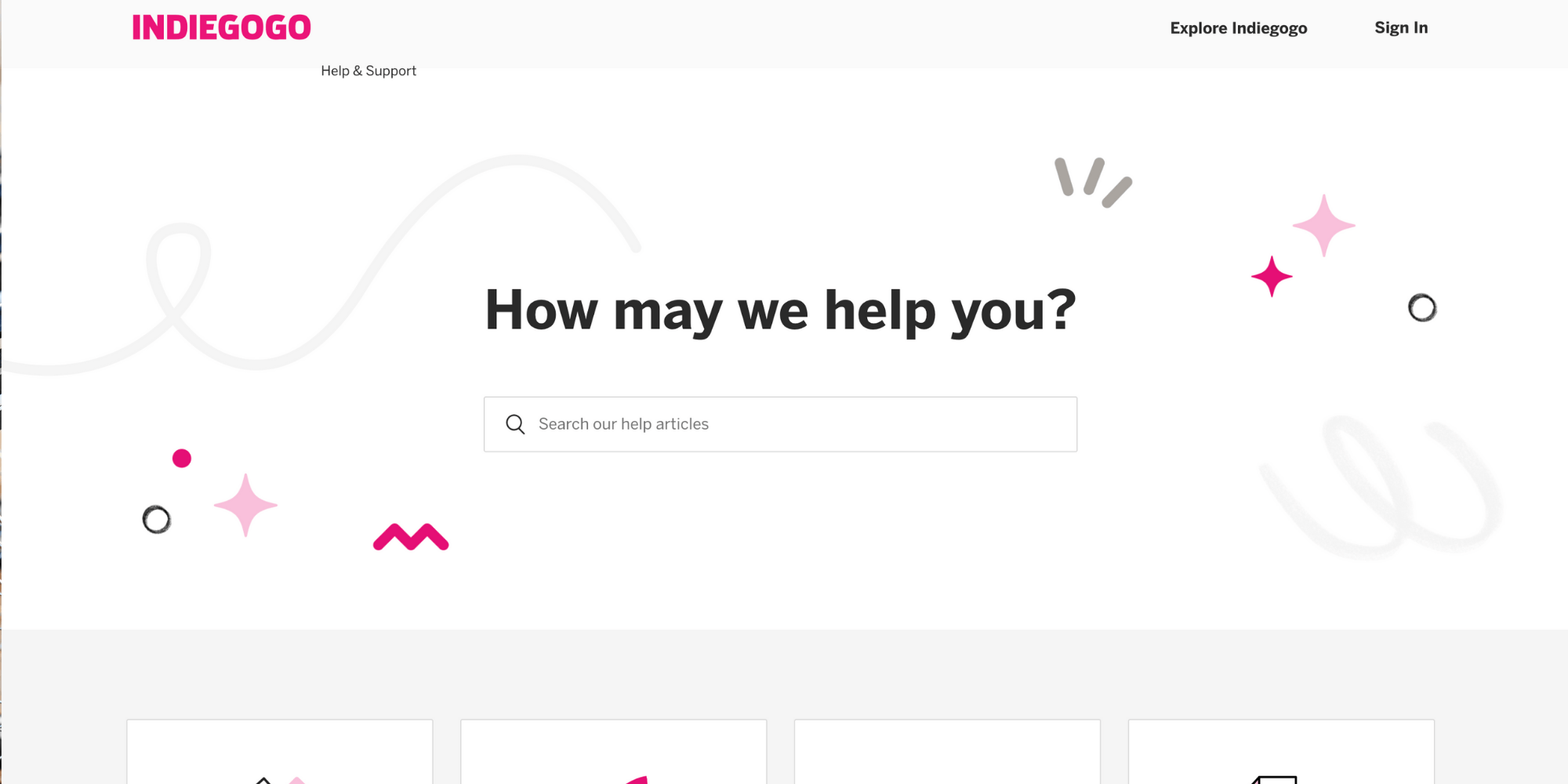
Indiegogo is often praised for being more creator-friendly in support. They have a reputation for responsive account managers and support staff who can help guide campaigners, especially those raising larger sums. Indiegogo also has a variety of programs: for example, Indiegogo’s team may reach out to high-potential campaigns to offer promotion in their newsletter or social media. They partnered with Arrow Electronics to help tech creators verify and even get funding for manufacturing. Indiegogo’s platform allows more customization of your campaign page (you can embed videos, format text with HTML, etc., giving you flexibility in presentation). They also enable features like Secret Perks – you can create hidden reward tiers accessible only via special links (good for offering an exclusive deal to an email list or early bird group). Additionally, Indiegogo has a built-in referral tracking system: you and your backers can share a referral link and if people back via that link, you can see it, which some creators use to run referral contests (Kickstarter doesn’t have this natively, though third-party tools exist).
Struggling Reward Fulfillment?
Our 3PL services streamline your inventory managment process and boost profitability. Get a Free Quote and start improving your cash flow today!
In terms of post-campaign, as mentioned, Indiegogo clearly stands out with InDemand. Kickstarter requires you to handle post-campaign on your own (many use pledge managers like BackerKit, CrowdOx, etc., or just move to an online store). Indiegogo basically provides an integrated solution if you want to stay on their platform for preorders.
It’s also worth noting project type restrictions as a form of “support” – Kickstarter protects its brand by curating out certain project types (no fundraising for charity, no equity investments, no offensive or highly regulated products, etc.), which means backers on Kickstarter expect a certain kind of project. Indiegogo is a bit more open, which is great for creators whose projects don’t fit Kickstarter’s rules, but it also means backers have to exercise more caution and due diligence on Indiegogo. In recent years, Indiegogo introduced a “Trust Proven” badge for creators who have run multiple campaigns and delivered on their rewards, as a way to reassure backers. Both platforms ultimately leave the risk on backers regarding project outcomes (they’re not stores, and neither guarantees a project will deliver), but the community sentiment can differ – some backers only trust Kickstarter, while others are happy to use Indiegogo for the right project.
Which Platform for Which Product? (Tech, Wellness, Games)
Choosing between Kickstarter and Indiegogo often comes down to your product category and audience.
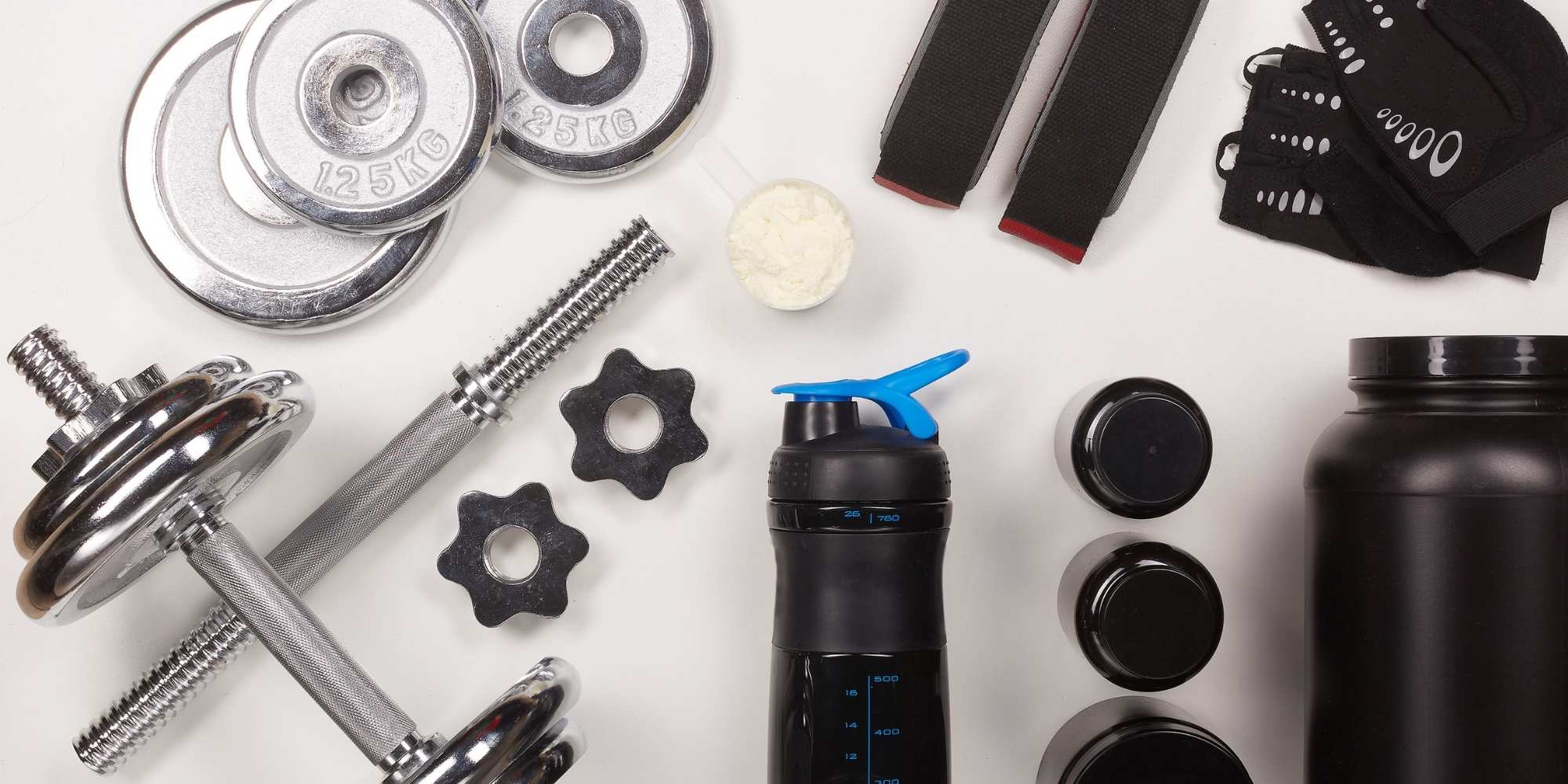
Let’s break down the considerations for a few popular product types:
Tech Gadgets:
If you have an innovative tech gadget or consumer electronic, you could actually succeed on either platform, but think about your presentation.
Kickstarter has a huge base of early adopters who love slick new tech (especially if it’s got a strong design element or solves a problem in a novel way). Examples on Kickstarter include everything from 3D printers to smartwatches to phone accessories that have raised millions.
Indiegogo, however, is known for tech too – particularly gadgets that promise high functionality at a good price. Many hardware startups use Indiegogo if they want the flexible funding or the InDemand option. Also, if your gadget appeals to a global audience or you’re a non-US creator, Indiegogo might be more accessible. A general rule from crowdfunding experts: Kickstarter backers might be more forgiving of delays if they love the vision of the product, whereas Indiegogo backers want to see a well-engineered, value-packed device.
That said, plenty of campaigns launch on both (some even run Kickstarter first, then Indiegogo InDemand to maximize reach). If your tech product is highly experimental or niche, Kickstarter’s community might embrace it more; if it’s a polished electronic device with a competitive price, Indiegogo’s tech enthusiasts might respond strongly.
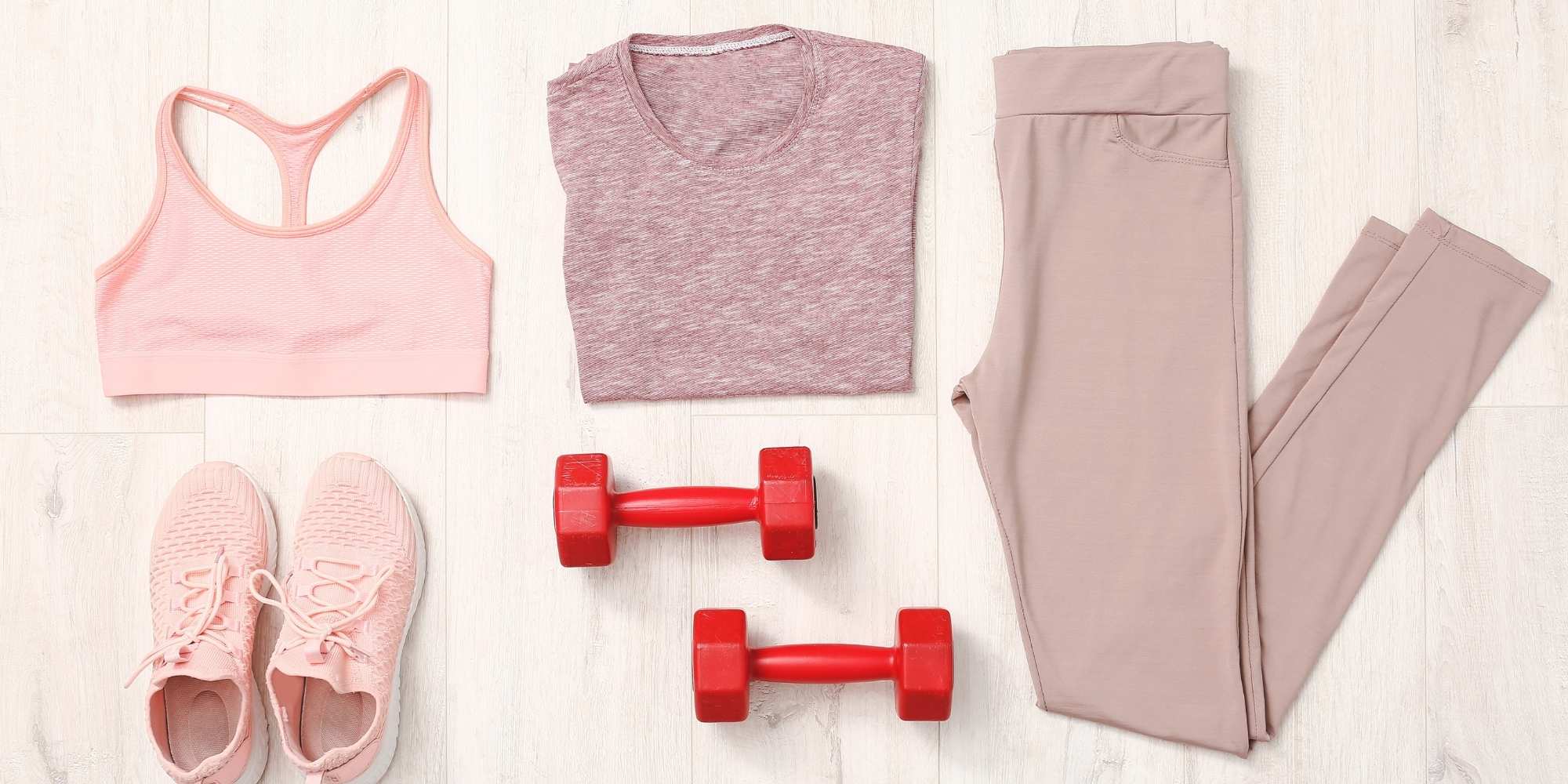
Wellness Products: “Wellness” is a broad category – it could be fitness equipment, health monitoring devices, personal care innovations, etc. For these, consider where similar products have found success. Kickstarter has hosted things like fitness trackers, smart yoga mats, ergonomic office products and even high-end wellness gadgets (for example, the OYO Nova Gym, a portable gym device, became one of the most funded fitness products on Kickstarter).
Indiegogo also has seen popular health tech like the OliveMax 3-in-1 hearing aid earbud which raised over $1.1M in 2022. If your wellness product leans toward tech (e.g. an app-connected device or health tech), Indiegogo’s tech audience might overlap.
If it’s more lifestyle-oriented or design-focused (say a beautifully designed mindfulness gadget or a unique fitness tool), Kickstarter’s community might bite.
Also consider trust factors: anything health-related, backers will scrutinize. Kickstarter’s stricter rules might actually ban certain medical claims or supplements, so Indiegogo could be the only choice for some wellness products that are borderline. Always check the platform guidelines.
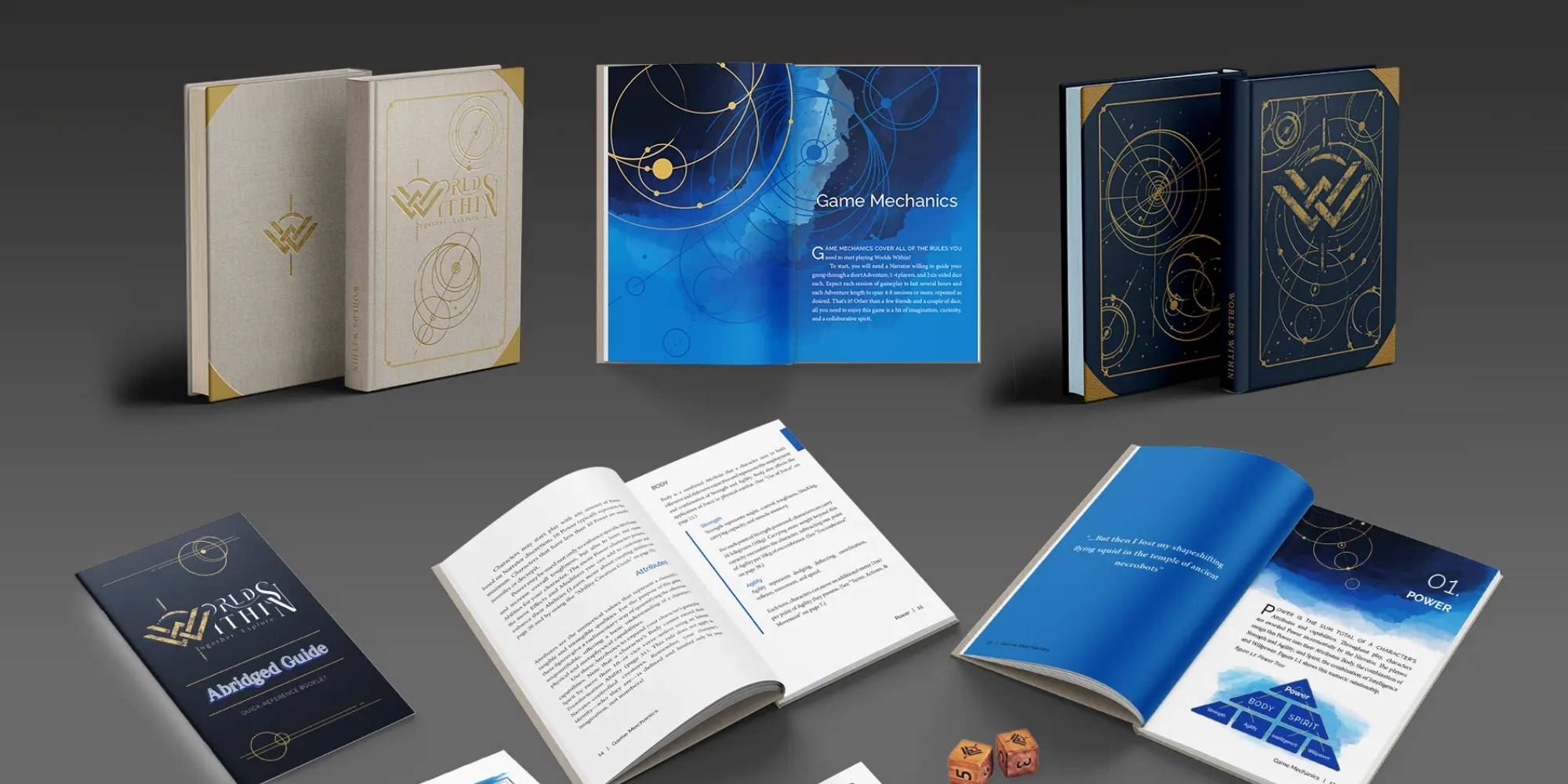
Board Games & Tabletop RPGs:
This one is almost a no-brainer – Kickstarter is king for games. The board game community on Kickstarter is enormous and deeply engaged. Many game creators won’t even consider Indiegogo because that specific community just isn’t active there. Backers often use Kickstarter as a one-stop shop for discovering new board games. Campaigns like Exploding Kittens, Frosthaven, Worlds Within, and hundreds of indie games have flourished on Kickstarter.
Indiegogo, by comparison, has had very few high-profile board game projects. Unless you have a compelling reason, a board game on Indiegogo might struggle to find backers simply because they’re not looking there. (Indiegogo could still be used in InDemand after a Kickstarter, for late pledges, but the initial funding for games is almost always on Kickstarter.)
The one caveat could be if your game is tied to a specific tech or unique angle that you plan to market outside traditional board game circles – even then, Kickstarter’s discoverability in the games category is hard to pass up. So, for board games and RPGs: go with Kickstarter to tap into the passionate community and funding network built for that niche.

Design & Creative Products:
For products that emphasize design, creativity, or novelty – think innovative everyday objects, art gadgets, fashion with a twist, etc. – Kickstarter tends to have an edge because of its roots in creative projects. Backers on Kickstarter love supporting inventive designs (e.g. a beautifully designed planner, an art toy, a new musical device).
Indiegogo can host these too, but Kickstarter’s audience might appreciate the artistry more. On the other hand, if your product is more utilitarian and you’re emphasizing specs and function (e.g. a next-gen SSD storage device or a powerful charging hub), Indiegogo’s audience might be more drawn to the raw specs and early-bird pricing.
Struggling with crowdfunding managment?
Our 3PL services streamline your crowdfunding fulfillment process and boost profitability. Get a Free Quote and start improving your cash flow today!
In summary, consider your product’s DNA and your target backer profile. If it’s a passion project in a creative category or something that could go viral with mainstream audiences, Kickstarter’s platform and press exposure give it an advantage. If it’s a cutting-edge gadget or something that doesn’t fit Kickstarter’s rules, Indiegogo’s flexibility and tech-focused community might serve you better. Some creators even choose to launch on one platform and then use the other’s strengths later (for example, launching on Kickstarter to hit the goal and build buzz, then switching to Indiegogo InDemand for continued orders). It’s not “one size fits all” – successful campaigns have been run on both.
Fulfillment & Backer Rewards: Don’t Overlook Logistics
Whichever platform you choose, remember that raising money is only half the battle – after the campaign, you’ll need to deliver your product to your backers. This is where many crowdfunders stumble. As you plan your campaign, you should also be planning how to handle inventory, shipping, and fulfillment of rewards.
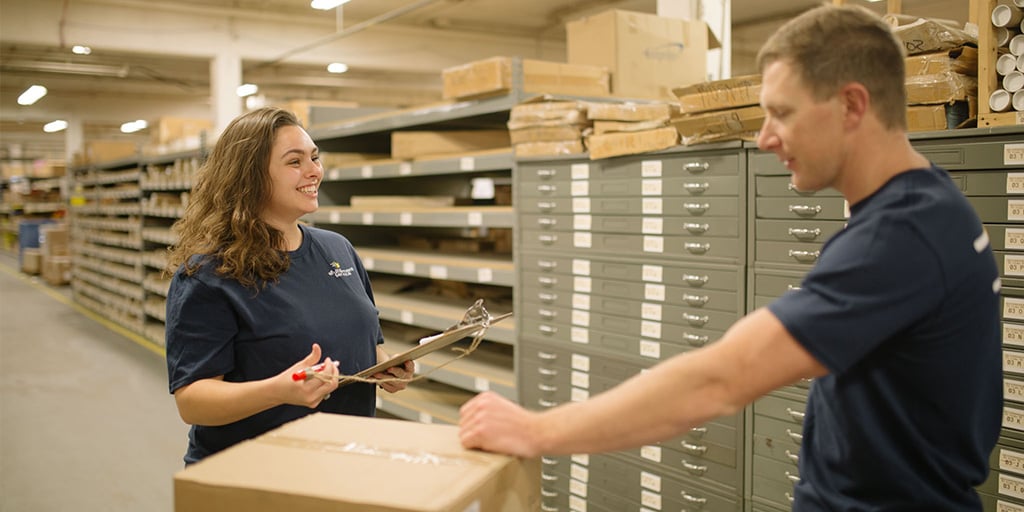
Fulfilling hundreds or thousands of orders worldwide in a short time frame can be daunting for a small team. In fact, fulfillment is often one of the most undervalued costs in crowdfunding – expenses like packaging, international shipping, customs, storage, etc., can add up to ~20% of your budget if not optimized.
The last thing you want is to have a wildly successful campaign, only to falter in delivering rewards (this can tarnish your reputation and business prospects). High-profile campaigns like the Coolest Cooler faced backlash due to fulfillment delays and cost overruns.
Pro Tip: Plan your fulfillment early. Many successful campaigns partner with a 3PL (third-party logistics provider) before the campaign even ends. Services like eFulfillment Service can store your inventory, pick & pack rewards, and handle global shipping, ensuring backers get their perks on time. Outsourcing logistics not only saves you countless hours of packing boxes, but a dedicated crowdfunding fulfillment service can guarantee a quick turnaround and get rewards into backers’ hands fast, keeping your supporters happy.
The good news is you don’t have to do it alone. This is where a third-party logistics (3PL) partner can be a lifesaver. A fulfillment company will receive your manufactured products, warehouse them, pick & pack the orders for each backer, and ship them out around the world – all on your behalf. For example, creators “are wise to consider the use of a 3PL” for managing Kickstarter or Indiegogo reward shipping, as it streamlines the process and avoids overburdening a small startup team. You can also often integrate your crowdfunding platform or post-campaign pledge manager with the fulfillment center’s system for smooth order handling.
When choosing a fulfillment partner, look for those with crowdfunding experience – they’ll understand the crunch of shipping a large volume in a short period and managing international backer lists. Also consider fulfillment costs in your campaign budget (get quotes in advance based on various backer locations). You’ll need to charge backers for shipping in the campaign or absorb it; platforms allow you to set shipping fees by country for each reward tier.
Now that we’ve covered the bases of platforms and planning, let’s look specifically at how one fulfillment provider, eFulfillment Service, supports crowdfunding campaigns.
How eFulfillment Service Supports Crowdfunding Campaigns
eFulfillment Service is a U.S.-based 3PL that has become a trusted name in Kickstarter and Indiegogo reward fulfillment. They’ve worked with numerous crowdfunders to store products and ship rewards worldwide to backers.
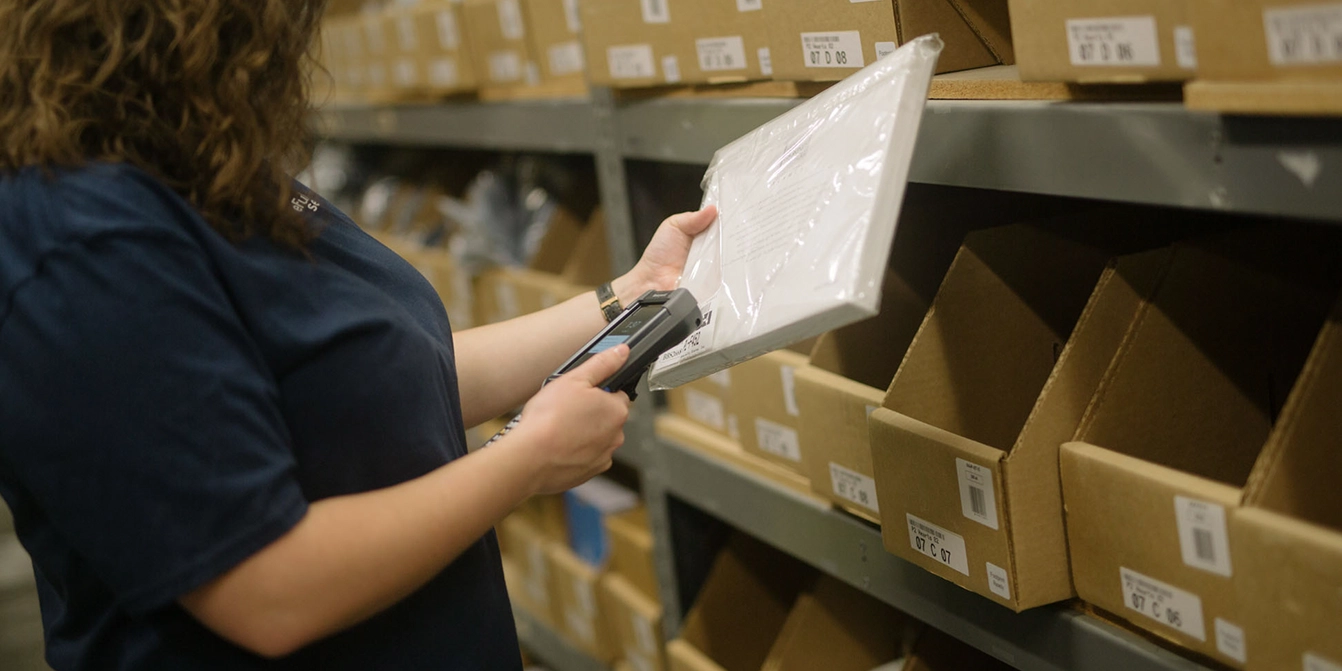
Here are some of the ways eFulfillment Service can help creators throughout the crowdfunding journey:
- Inventory Warehousing: eFulfillment Service provides secure, climate-controlled warehousing for your products once they’re produced. You can ship your inventory in bulk to their fulfillment center, and they will safely store it until you’re ready to fulfill rewards. (And they don’t charge long-term storage fees for crowdfunding projects, which keeps costs manageable.)
- Picking, Packing, and Shipping: When you’re ready to fulfill backer orders, eFulfillment’s team will pick & pack each order accurately and efficiently. They specialize in handling the batch fulfillment typical of crowdfunding. Creators rely on their “accurate, affordable and customized fulfillment services.” Each backer’s package can even have branded elements – eFulfillment Service offers custom packaging options to keep your branding strong (like using your custom boxes, inserts, or stickers). Once packed, they ship out using the best rates and carriers for each destination, whether it’s domestic or international.
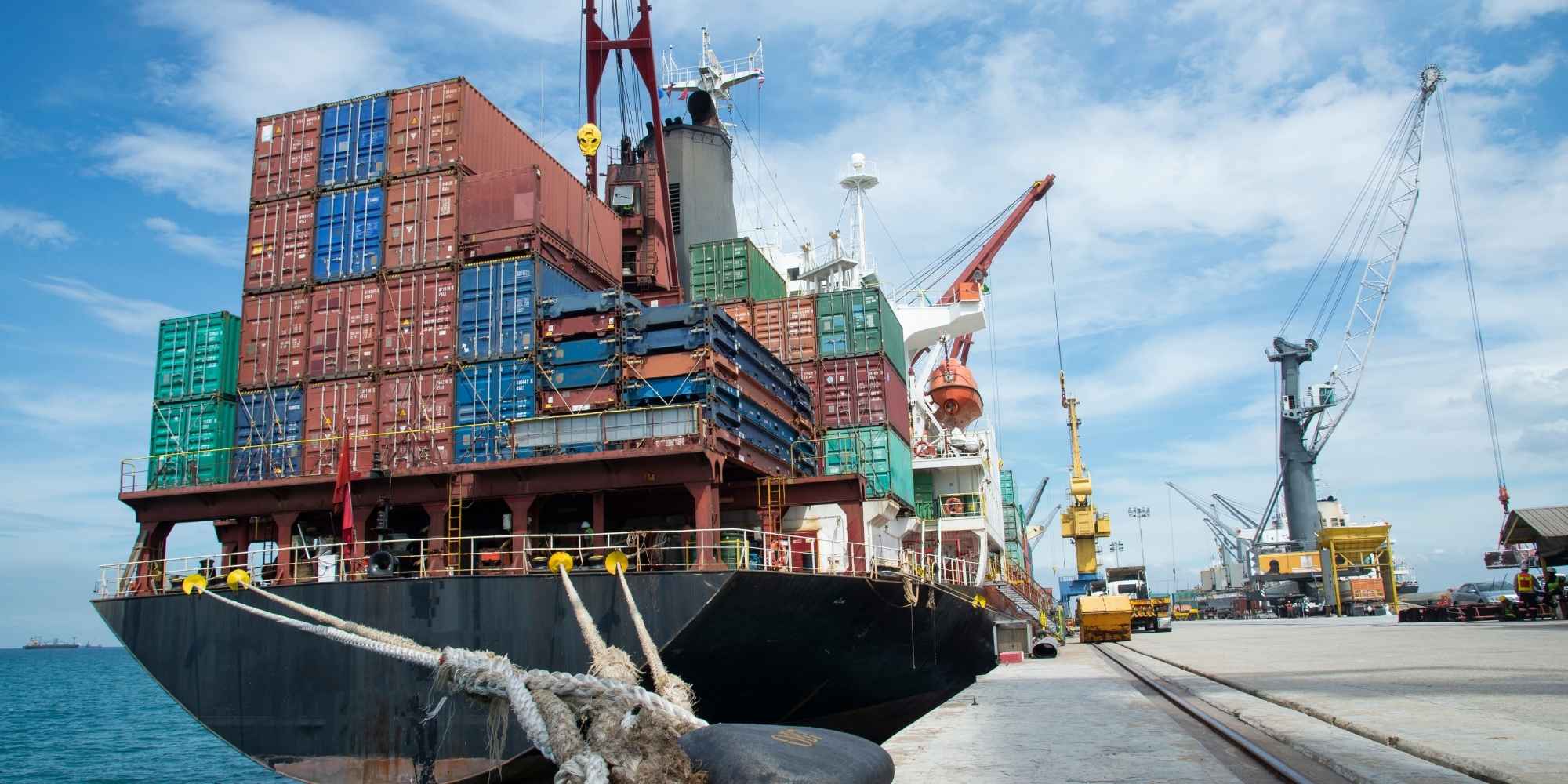
- Global Shipping & Customs: Shipping globally can be complex, but eFulfillment Service has experience sending rewards “to backers all over the world.”
They help fill out customs documentation for international rewards and choose carriers that balance speed and cost. This is invaluable if your campaign has backers from dozens of different countries. - Integration and Ease of Use: eFulfillment can integrate with your crowdfunding platform or pledge manager. For instance, once your campaign is over, you can export your backer surveys (with addresses and rewards) and import them into their system, or integrate via an online store platform if you transition to one. Their system can automatically retrieve orders and update you on the fulfillment status of each reward. This means you can monitor which backers have had their rewards shipped in real time.
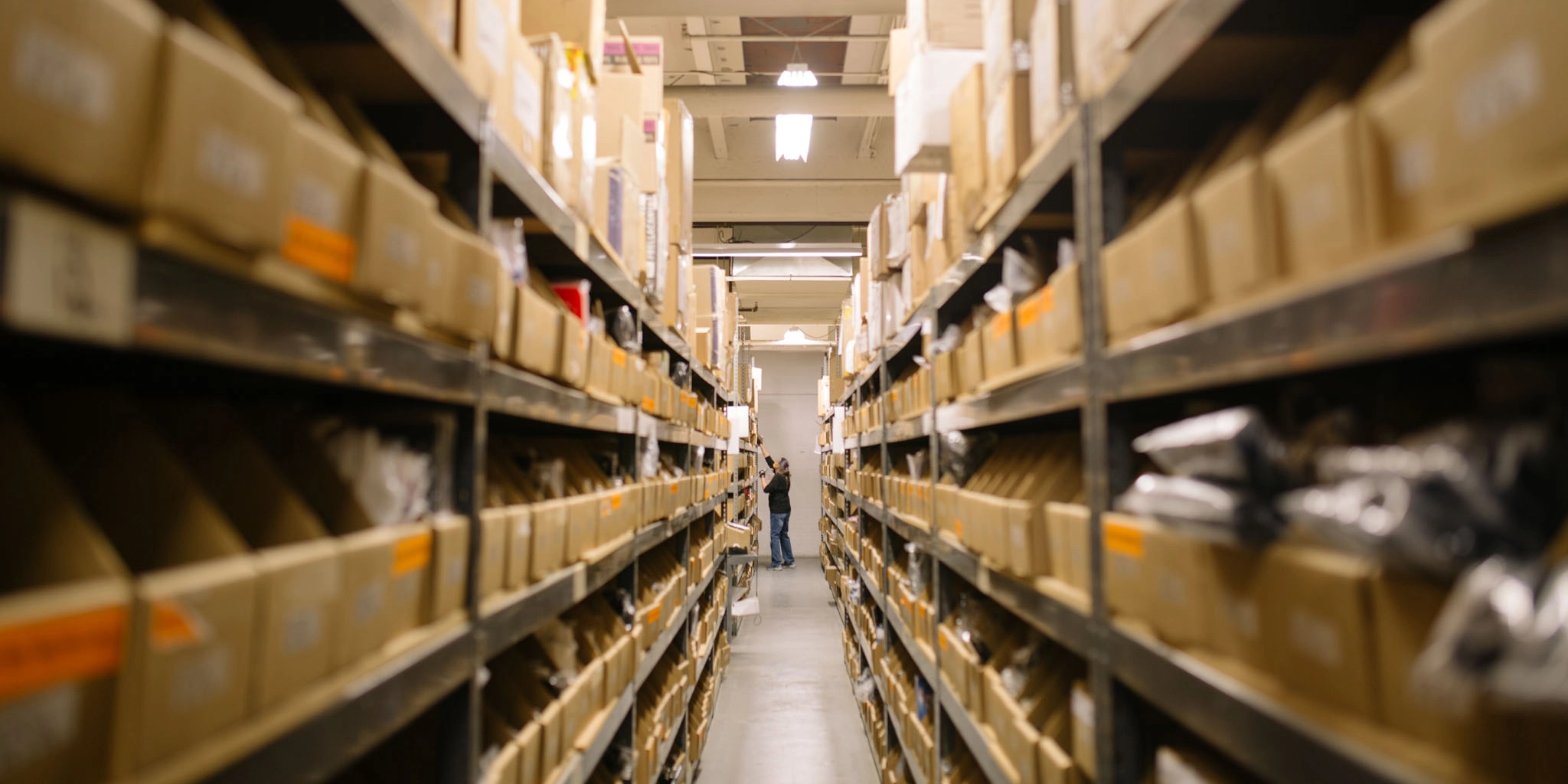
- crowdfunders is their flexible model. They have no minimum order requirements and no setup fees for new accounts. This is perfect for a one-time campaign fulfillment project – you’re not locked into a long contract or large monthly minimums. It’s essentially pay-as-you-go, which keeps it cost-effective for small creators. Their pricing is transparent, so you only pay for the services you use (storage, pick/pack, shipping costs). For a startup that just raised funds, controlling costs is important, and eFulfillment’s approach allows that.
- Experience and Reliability: eFulfillment Service has been in business for years and even won awards for their service. They understand the unique challenges of crowdfunding. For example, if you have staggered reward waves (like an early bird batch that ships earlier, or different products shipping at different times), they can accommodate that. If there are any returns or failed deliveries, they handle those too – managing returns and forwarding issues so you don’t have to deal with each one individually. Essentially, they act as an extension of your team, “handling the logistics from warehousing to delivery, empowering you to focus on” what you do best – developing your product and company.
By partnering with a fulfillment service like eFulfillment Service, Kickstarter and Indiegogo creators can vastly simplify the post-campaign process. Rather than your living room turning into a warehouse of boxes and packing peanuts, you’ll have a professional team ensuring every backer gets the correct reward. This leads to happier backers and lets you maintain your momentum (you can continue with product development or marketing, instead of pausing everything to ship rewards for weeks). It’s a solution that scales with campaigns big and small.
Struggling with large amounts rewards to ship?
Our 3PL services streamline your crowdfunding fulfillment process and boost profitability. Get a Free Quote and start improving your cash flow today!
Summary: Indiegogo Vs. Kickstarter
Both Indiegogo and Kickstarter offer fantastic opportunities for creators to bring new products to life. Kickstarter might give you a bigger splash if your project resonates with its vibrant community, especially in creative and gaming sectors. Indiegogo offers flexibility and can be a better fit for certain tech and international projects, plus it provides tools to keep raising funds beyond the initial campaign. Many creators ultimately leverage both in different ways. The key is to match your project with the platform that maximizes your chances of success – consider where your target backers hang out, the type of experience you want (all-or-nothing vs. flexible), and what kind of support you need.
Whichever route you choose, prepare thoroughly, run a strong campaign, and don’t forget to plan for fulfillment. A smooth delivery of rewards is critical to your campaign’s long-term success and reputation. Services like eFulfillment Service are there to handle the heavy lifting of shipping, so you can deliver on your promises without a hitch. With the right platform and the right partners in place, you’ll be well on your way to turning your innovative product idea into a crowdfunding success story.
Take the Next Step: Need help with apparel fulfillment and inventory management?
Learn more about eFulfillment Service’s Kickstarter Fulfillment Solutions and how we help brands streamline operations from warehousing to delivery. By partnering with experts, you can spend less time worrying about dead stock and more time growing your business.
💡 eFulfillment Service specializes in helping eCommerce businesses scale without the headaches. Whether you’re managing one SKU or a few thousand, we provide the technology, automation, and expertise to keep your operations running smoothly.
📞 Ready to simplify your rewards fulfillment and focus on growth? Contact us today to see how we can help streamline your operations and improve efficiency.
Need help with fulfillment? eFulfillment Service specializes in flexible, multi-channel fulfillment, including Amazon FBA prep services. Contact us today for a free quote and see how we can streamline your operations!



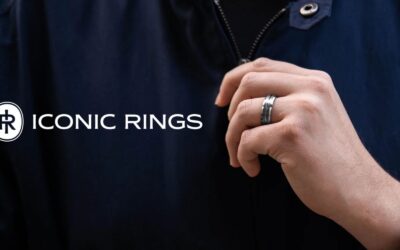
0 Comments